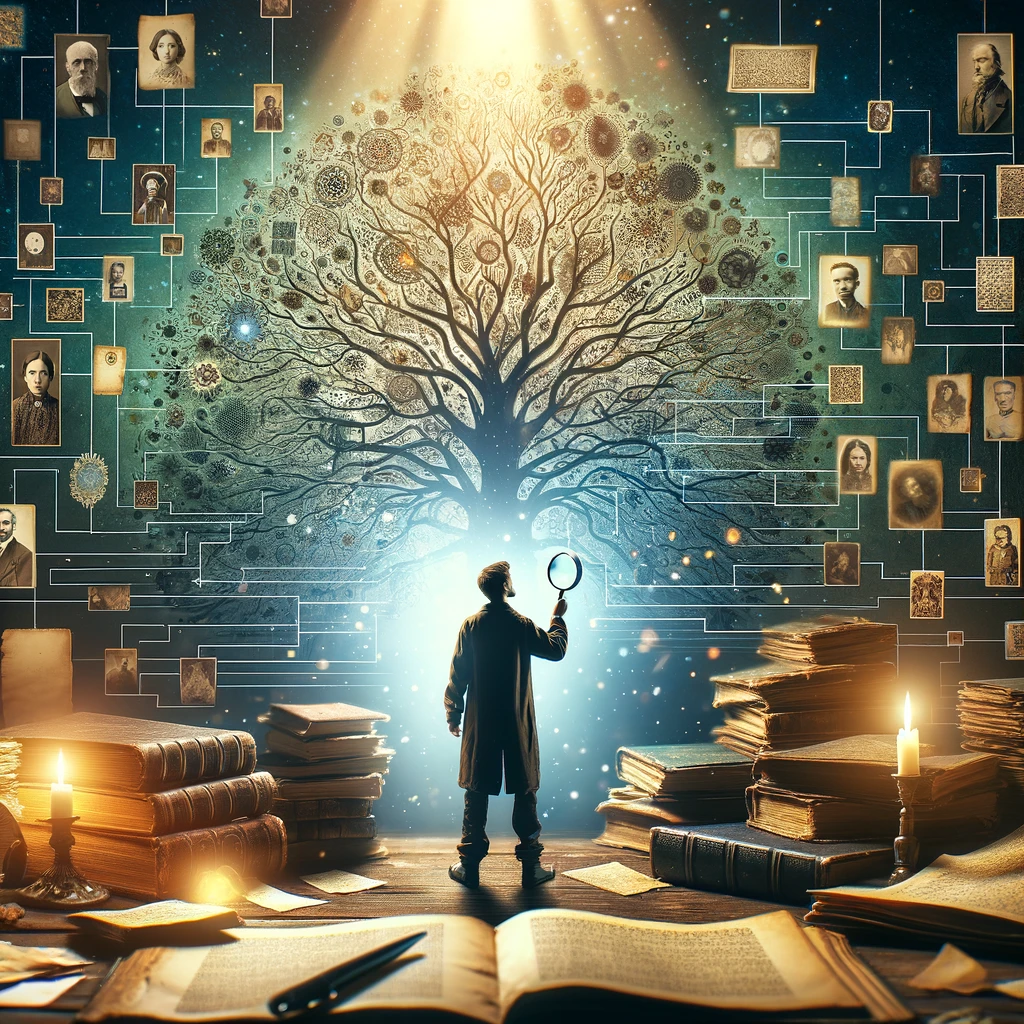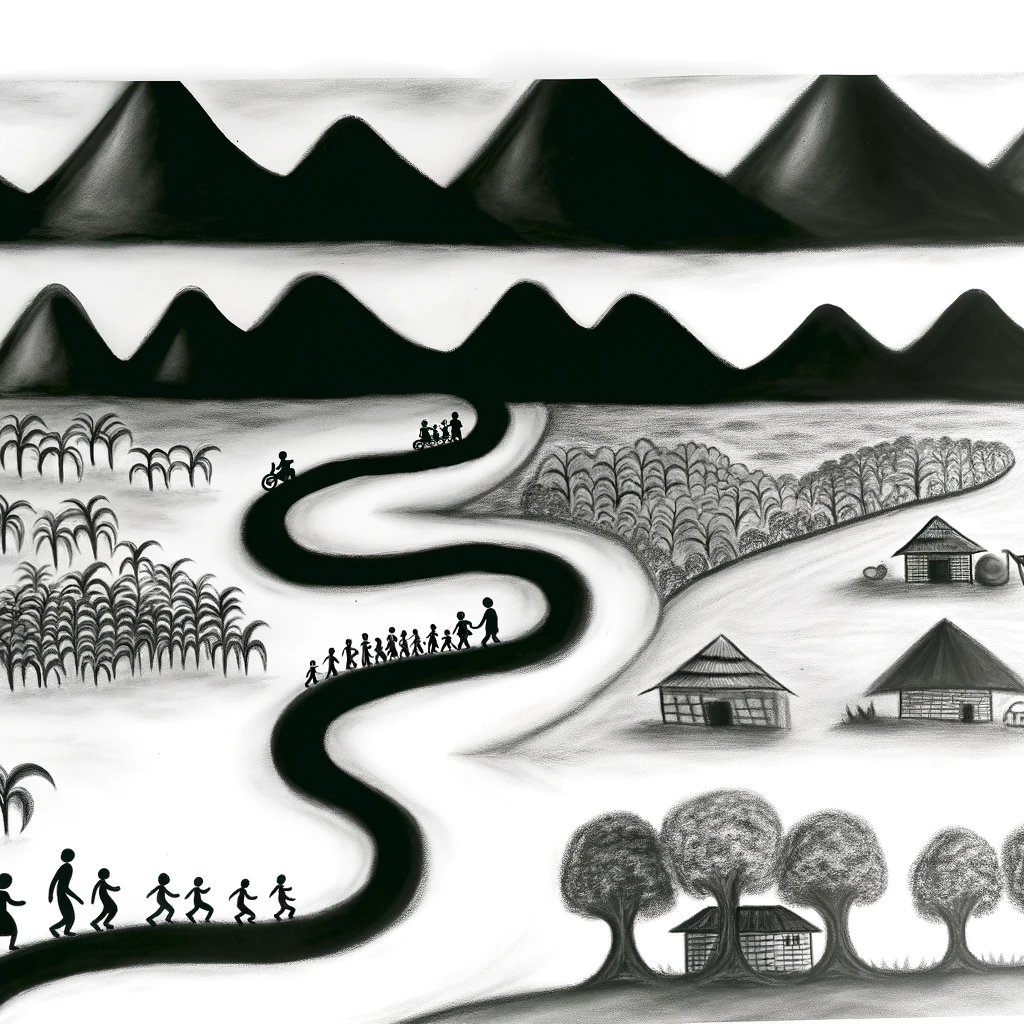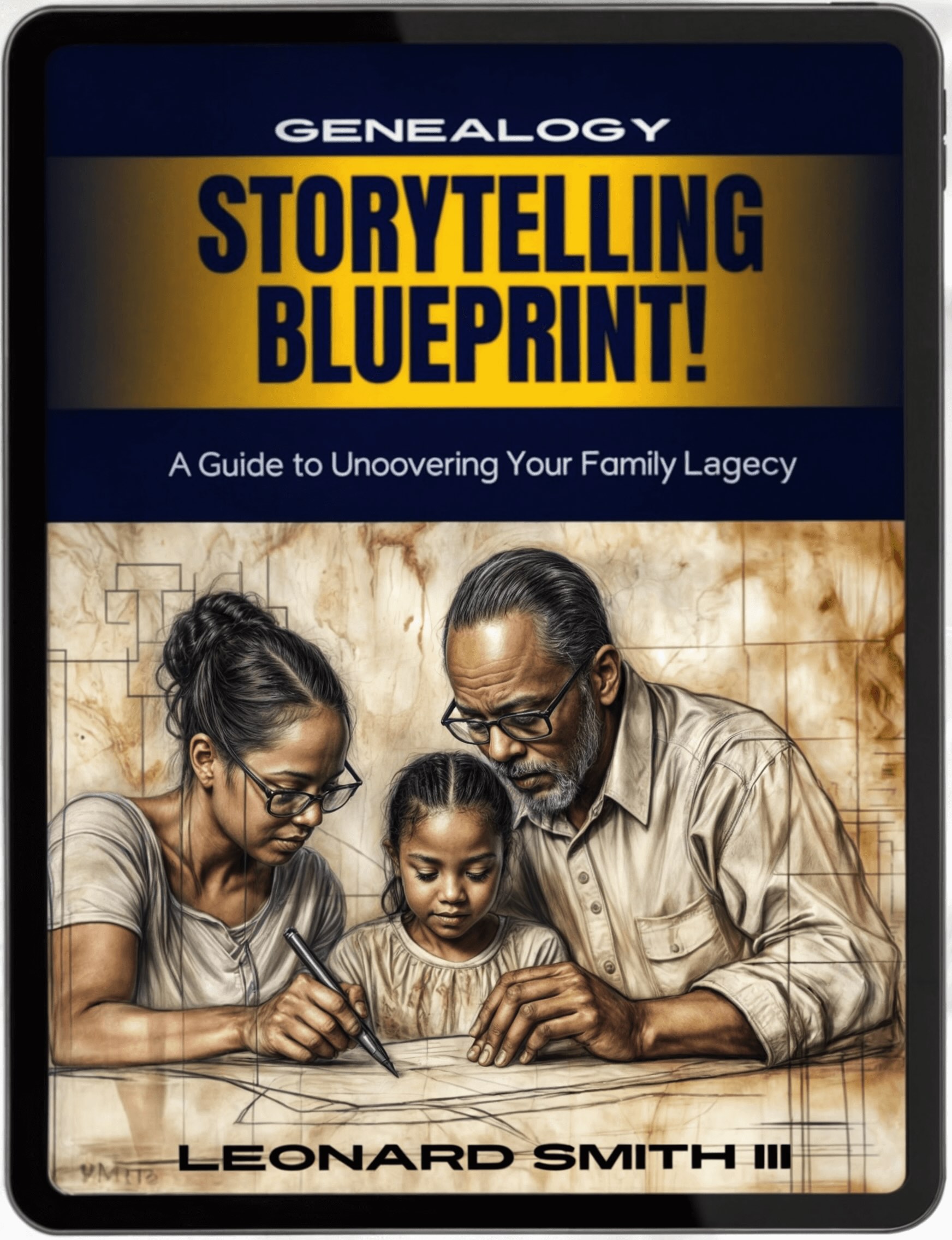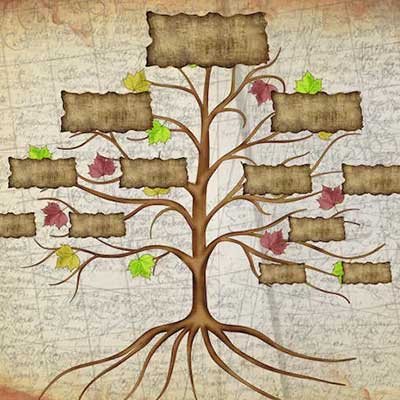- Home
- Importance of Family Storytelling
- The Power of a Story
The Power of a Story The Art of Storytelling
Discover the profound impact of storytelling in "The Power of a Story." This detailed exploration explores how stories shape cultures, influence decisions, and connect us across generations.
The Essence of Storytelling in Human Experience
Storytelling is an intrinsic aspect of human life, a fundamental way humans understand their world and connect with others. Over the ages, storytelling has evolved from oral traditions to digital narratives on social media. Yet, its core purpose remains: to convey messages, evoke emotional responses, and foster a shared sense of the world. This article explores the transformative power of storytelling, emphasizing its role in personal development, social contracts, and ecumenical understanding.
The Power of a Story in Shaping Personal Identity
Harnessing Personal Narratives
Stories are not just tales we tell; they are the frameworks through which we view our lives and assert our identities. A powerful story can influence our core beliefs and core values, acting as a direct invitation for self-reflection and growth.
Influence of Indigenous Narratives
Indigenous author Harold R. Johnson, with his award-winning books, has shown how storytelling can preserve the heritage and influence the lives of fellow First Nations members. His narratives weave the personal with the communal, highlighting how individual stories can resonate widely and deepen our sense of identity.
Storytelling and Social Change
Driving Collective Action
Storytelling has the potential to drive social change by mobilizing collective action. The tales we share about climate change or social justice can inspire communities to unite and act, making storytelling one of the most potent ways to influence today’s world.
Stories from the Margins: Amplifying Unheard Voices
By bringing different perspectives into the mainstream, storytelling empowers marginalized communities. Harold Johnson's works provide a voice to the First Nations, using storytelling to entertain, challenge, and redefine social contracts.
The Role of Storytelling in Modern Media
Digital Narratives and Social Media
In the digital age, social media platforms have become the new stage for storytelling. Every post, tweet, or share is part of a more significant narrative effort, engaging billions daily. This section explores how these platforms can strategically effect change and connect globally.
Storytelling in Business and Leadership
The importance of storytelling in business is well documented, from the Harvard Business Review to the Stanford Graduate School of Business. Leaders who master storytelling can better motivate their teams, drive product development, and implement new practices effectively.
Scientific Insights into Storytelling
Understanding Brain Activity Through Stories
Research into brain activity, led by figures like Paul J. Zak, shows that hearing stories can cause the human brain to release oxytocin, fostering empathy and trust. This biological response underlines the science of storytelling and its effectiveness in creating emotional connections.
The Role of Emotional Responses in Effective Storytelling
A good storyteller understands the power of evoking emotional responses. Whether it's through a TED Talk, a television show, or a simple narrative shared among friends, the right story told in the right way can touch hearts and change minds.
New Directions in Storytelling
Integrating Traditional and Modern Approaches
While we must cherish and preserve oral storytelling traditions, incorporating new media and technologies offers a way to keep these narratives alive in a form that resonates with today’s tech-savvy audiences.
Storytelling for Ecumenical Understanding
Stories promoting understanding across cultural and religious divides are vital in an increasingly diverse world. Storytelling practices emphasizing empathy and shared human values can help build more inclusive communities.
The Enduring Power of a Meaningful Story
The stories we tell shape our reality and influence the whole world. Storytelling's transformative power lies in its ability to encapsulate life’s complexity in a form that is both accessible and engaging. As we continue to share and listen to the stories of others, we not only enrich our own lives but also contribute to a more connected and understanding world.
FAQs
1. How does storytelling influence personal identity?
Storytelling plays a pivotal role in shaping personal identity by serving as a powerful medium through which individuals understand themselves and their place in the world. Here are several key ways in which storytelling influences personal identity:
1. Narrative Identity Formation: People construct their identities primarily through narratives. As individuals recount their life experiences—to themselves and others—they craft stories that make sense of their past actions, decisions, and experiences. This process helps them define who they are and establish their values and beliefs. Psychological studies suggest that these personal narratives' coherence and emotional richness are crucial for a healthy sense of self.
2. Empathy and Perspective-Taking: Listening to others' stories enables individuals to step into someone else's shoes and see the world from different perspectives. This can broaden one's understanding of human experiences beyond one's immediate environment, influencing one’s empathetic capacities and, subsequently, one's identity as someone interconnected with a broader community.
3. Cultural and Social Context: Stories carry the values, norms, and morals of the culture they come from. By engaging with stories from one's own culture—or a variety of cultures—an individual can absorb and reflect on the societal values and practices that resonate with them. This engagement often leads to a deeper understanding of one's cultural roots or a conscious adoption of new values that shape one's identity.
4. Role Models and Archetypes: Stories introduce individuals to various characters and archetypes, offering examples of behaviors and pathways one might emulate or avoid. Identifying with story characters can guide individuals in shaping their aspirations and goals. For instance, a young reader inspired by a character who overcomes adversity through perseverance may internalize this trait as part of their own identity.
5. Memory and Personal History: Storytelling is a key memory preservation method. Personal and family stories that are told and retold become a part of one's memory and history, significantly influencing how individuals see themselves and their families' place in the world.
6. Resilience and Healing: Storytelling can be a therapeutic tool, helping individuals understand and articulate complex emotions associated with their experiences. For survivors of trauma, telling their story can be a crucial part of the healing process, helping them to integrate difficult experiences into their identity in a way that acknowledges their resilience.
7. Expression and Visibility: For marginalized or underrepresented groups, storytelling provides a means to voice experiences and challenges that may not be widely acknowledged in mainstream culture. Sharing these stories can validate individual and collective experiences and foster a sense of identity that counters narratives of invisibility or misrepresentation.
Storytelling is not merely a form of entertainment; it is a fundamental mechanism through which individuals construct, express, and continually reshape their identities throughout their lives.
2. How does the human brain react to stories?
The human brain reacts to stories in profound and complex ways, engaging cognitive and emotional processes that affect how we think, feel, and behave. Here are some of the key neurological responses to storytelling:
1. Emotional Engagement: Stories often evoke strong emotional responses due to their ability to connect with the audience personally. The brain releases neurotransmitters like dopamine, which helps regulate emotional responses and enhances the retention of information. When a story makes us feel joy, sadness, or excitement, those emotions make the narrative more memorable.
2. Neural Coupling: A phenomenon known as neural coupling occurs when the listener's brain begins to mirror the storyteller's brain. If a story is told effectively, the same areas of the brain that light up in the storyteller's brain also activate in the listener's brain, creating a synchronized brain activity pattern. This process helps the listener to turn the story into their ideas and experience, enhancing understanding and empathy.
3. Increased Connectivity: Listening to or reading stories increases connectivity in the brain, particularly in the default mode network, which is involved in processing stories, social interactions, and self-referential thoughts. This part of the brain is engaged when imagining scenarios, thinking about others, and using new information to modify our understanding of the world.
4. Oxytocin Production: Stories that engender empathy and trust can stimulate the production of oxytocin, often called the "love hormone." This chemical plays a significant role in bonding and increases our sense of empathy. It can make us more receptive to the story's message and more likely to engage in cooperative behaviors.
5. Theory of Mind: Engaging with stories enhances our theory of mind—the ability to attribute mental states to oneself and others and understand that others have beliefs, desires, and intentions that are different from one's own. Through storytelling, individuals learn to predict and interpret the behavior of characters, which translates to real-life skills in analyzing human behavior.
6. Enhanced Imagination and Creativity: Stories often require us to visualize settings, characters, and events, activating regions in the brain associated with visual processing and imagination. This helps make the story experience immersive and enhances creativity as we imagine scenarios beyond our current reality.
7. Memory Formation and Learning: The structure of a story—with a beginning, middle, and end—helps us process and remember information better. The brain often finds it easier to remember facts when they are woven into a narrative compared to when they are presented in a list or isolated data points.
Stories uniquely engage multiple brain processes simultaneously, making them effective communication, education, and understanding tools. This explains why storytelling has been a cornerstone of human culture and interaction throughout history.
3. What are the benefits of combining traditional and modern storytelling techniques?
Combining traditional and modern storytelling techniques offers numerous benefits that enhance narratives' impact, reach, and relevance in today's interconnected world. Here are several key advantages of integrating these diverse storytelling methods:
1. Broader Audience Engagement: By blending traditional storytelling elements like oral narratives, folklore, and cultural rituals with modern platforms such as digital media, social media, podcasts, and interactive technologies, storytellers can connect with a wider range of audiences. This approach allows for preserving cultural heritage while adapting to the consumption habits of different generations and demographics.
2. Enhanced Immersive Experiences: Modern storytelling technologies like virtual reality (VR), augmented reality (AR), and interactive storytelling can deepen the immersive experience of traditional stories. These technologies can transport audiences to different times and places, allowing them to experience stories viscerally and engagingly that conventional methods alone cannot provide.
3. Increased Accessibility: Combining traditional and modern techniques can make stories more accessible to diverse audiences. Digital platforms can bring narratives from remote or marginalized communities to a global audience, ensuring that these stories are not lost and that they contribute to a richer, more diverse cultural tapestry. Additionally, accessibility tools integrated into modern platforms can help people with disabilities experience stories in ways that traditional methods might not allow.
4. Preservation and Innovation: This hybrid approach not only helps preserve the essence and richness of traditional storytelling, which might include specific linguistic nuances, cultural contexts, or historical significance but also encourages innovation in how stories are told. Storytellers are prompted to think creatively about adapting traditional narratives to new formats, which can lead to new storytelling techniques and genres.
5. Educational and Therapeutic Applications: Modern storytelling methods can enhance traditional stories' educational and therapeutic potential. For example, digital storytelling can be used in classrooms to make learning more engaging, using interactive elements to teach history or literature. Similarly, in therapeutic settings, storytelling can be a powerful tool to help individuals explore personal histories and emotional landscapes in a structured yet personal way.
6. Fostering Global Connections: Traditional stories told through modern platforms have the potential to reach people across different cultures and geographies, promoting cross-cultural understanding and empathy. This global exchange of narratives can foster a greater sense of shared human experiences and challenges, bridging cultural divides.
7. Dynamic Content Adaptation: Modern tools enable dynamic content adaptation, where stories can be adjusted in real-time based on audience feedback or engagement metrics. This interactivity can enhance storytelling by making it a two-way conversation between the storyteller and the audience, adapting the story to meet their interests or responses.
8. Economic Benefits: For creators, combining traditional and modern storytelling techniques can open up new revenue streams and marketing opportunities. Digital content can be monetized in ways that conventional storytelling alone might not allow, such as through subscription models, online advertisements, or sponsored content.
Integrating traditional and modern storytelling techniques enriches the narrative experience, enhances cultural preservation, and meets today's audiences' evolving needs and expectations. This fusion respects and revitalizes cultural heritage and embraces modern technology's possibilities.

















